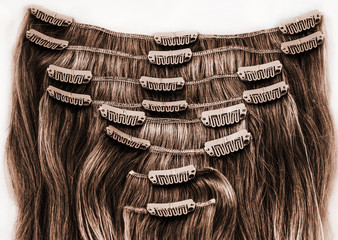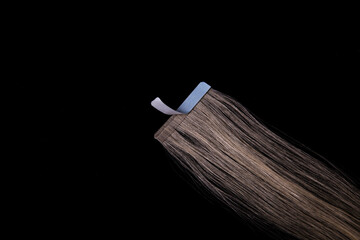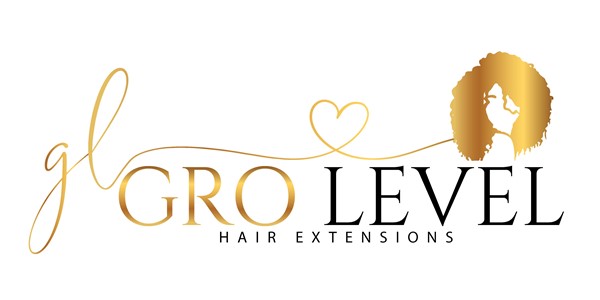Hair Extensions
Clip-in Extensions vs Tape-in Extensions: Pros and Cons
There are many different ways to install hair extensions, be that micro-links, weaves, bonding to name a few. The focus of this blog post will be on the benefits as well as the disadvantages of clip-in and tape-in extensions. This way, you can make an informed decision based on your specific needs and preferences.🤎
Pros of Clip-In Extensions
- Easy Application: These can be applied at home without the need of a professional hairstylist. It’s just a case of parting your natural hair, attaching the clips and blending them in with for an instant new look.
- Versatility: Clip-in extensions can be easily removed and reinstalled whenever you desire. So if you want to switch up your hair colour, style, length even volume, you can do that without any long-term commitment.
- Hair Protection: As clip-ins are not permanently attached to your hair they don’t put a strain on your natural locks.

Cons of Clip-In Extensions
- Daily Application: They need to be removed and reattached every day, which can take up time. If you are looking for something that’s more on the permanent side, clip-ins may not be the best choice.
- Limited Wear: Given their temporary nature, clips-in extensions may not be suitable for things such as swimming and sports activities. The clips don’t do well with holding securely in water or during an intense physical activity.
- Blending Challenges: You may find it a challenge at times to blend the hair seamlessly with your natural hair. Sometimes the clips just decide to show themselves and tell everyone that the hair isn’t actually grow from your scalp. Proper blending techniques and styling may be needed to make sure you have a natural-looking end result.
Pros of Tape-In Extensions
- Natural Look: As these are laid nice and flat against the scalp, they create a natural, seamless look. So no-one will suss out that you’ve got hair extensions- they’ll just be asking you if you’ve had a silk press.
- Longer Lasting: Unlike Clip-ins, Tape-in extensions can be worn continuously for several weeks. There is no hassle of having to wake up earlier to put the extensions in. So if you’re looking for a solution, more on the permanent side, this would be a recommended option.
- Low Maintenance: Once installed, tape-in extensions require minimal maintenance- just make sure you treat them like you would with your natural hair i.e washing and conditioning.

Cons of Clip-In Extensions
- Professional Application: Unlike clip-in extensions, tape-ins typically require professional application. They need to be carefully placed and properly aligned in order to achieve that seamless look. This can be quite difficult to be done on your own without an extra eye.
- Potential Damage: To minimise the risk of breakage or traction alopecia, it is advised to have your tape-ins removed by a professional. The adhesive used for tape-ins can cause damage if not applied or removed correctly.
- Limited Styling Options: To some extent, tape-ins can prove to not be as versatile as clips-ins when it comes to updos and ponytails because of the placements of the wefts.
Overall, it’s definitely clear that both options have their unique advantages as well as disadvantages. Clip-ins are a good choice for those wanting temporary styles, at home application and who like to switch up their look regularly. Tape-ins are great for the others who’d prefer a longer lasting solution with a natural look. Let us know your thoughts on this in the comments.
